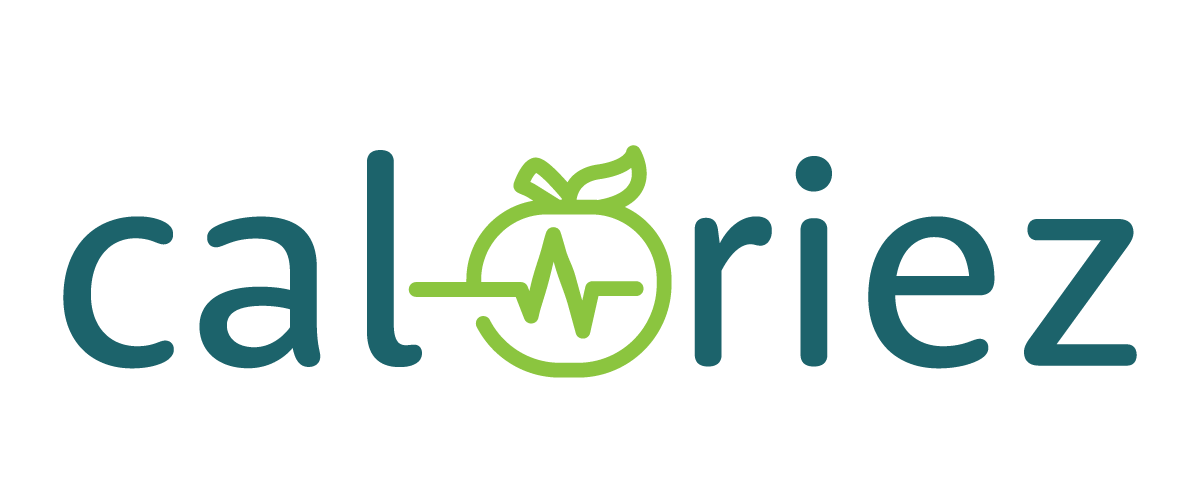On Jan. 11, 2020, in Shanghai, simply 11 days after first reviews of the outbreak in Wuhan circulated globally, a crew of scientists led by Yong-Zhen Zhang of Fudan College launched a draft genome sequence of the novel virus by means of an internet site referred to as Virological.org. The genome was supplied by Edward C. Holmes, a British Australian evolutionary biologist primarily based in Sydney and a colleague of Zhang’s on the genome-assembly venture. Holmes is known amongst virologists for his work on the evolution of RNA viruses (together with coronaviruses), his pristinely bald head and his mordant candor. Everybody within the area is aware of him as Eddie. The posting went up at 1:05 a.m. Scotland time, at which level the curator of the positioning there in Edinburgh, a professor of molecular evolution named Andrew Rambaut, was alert and able to pace issues alongside. He and Holmes composed a quick introductory observe to the genome: “Please be happy to obtain, share, use and analyze this information,” it mentioned. They knew that “information” is plural, however they had been in a rush.
Instantly, Holmes and a small group of colleagues set to analyzing the genome for clues concerning the virus’s evolutionary historical past. They drew on a background of identified coronaviruses and their very own understanding of how such viruses take form within the wild (as mirrored in Holmes’s 2009 e book, “The Evolution and Emergence of RNA Viruses”). They knew that coronavirus evolution can happen quickly, pushed by frequent mutation (single-letter adjustments in a roughly 30,000-letter genome), by recombination (one virus swapping genome sections with one other virus, when each concurrently replicate in a single cell) and by Darwinian pure choice’s appearing on these random adjustments. Holmes traded ideas with Rambaut in Edinburgh, a buddy of three a long time, and with two different colleagues: Kristian Andersen at Scripps Analysis in La Jolla, Calif.; and Robert Garry on the Tulane College Faculty of Medication in New Orleans. Ian Lipkin, of Columbia College’s Mailman Faculty of Public Well being, joined the huddle later. These 5 would kind a form of long-distance examine group, aimed towards publishing a paper on SARS-CoV-2’s genome and its probably origin.
Holmes, Andersen and their colleagues acknowledged the virus’s similarity to bat viruses however, with extra examine, noticed a pair of “notable options” that gave them pause. These options, two brief blips of genome, constituted a really small proportion of the entire, however with doubtlessly excessive significance for the virus’s potential to seize and infect human cells. They had been technical-sounding parts, acquainted to virologists, that at the moment are a part of the Covid-origin vernacular: a furin cleavage web site (FCS), in addition to an sudden receptor-binding area (RBD). All viruses have RBDs, which assist them connect to cells; an FCS is a characteristic that helps sure viruses get inside. The unique SARS virus, which terrified scientists worldwide however prompted solely about 800 deaths, didn’t resemble the brand new coronavirus in both respect. How had SARS-CoV-2 come to take this kind?
Andersen and Holmes had been genuinely involved, at first, that it may need been engineered. Had been these two options deliberate add-ons, inserted into some coronavirus spine by genetic manipulation, deliberately making the virus extra transmissible and pathogenic amongst people? It needed to be thought of. Holmes referred to as Jeremy Farrar, a illness professional who was then director of the Wellcome Belief, a basis in London that helps well being analysis. Farrar noticed the purpose and shortly organized a convention name amongst a global group of scientists to debate the genome’s puzzling points and the potential eventualities of its origin. The group included Robert Garry at Tulane and a dozen different individuals, most of them distinguished European or British scientists with related experience, like Rambaut in Edinburgh, Marion Koopmans within the Netherlands and Christian Drosten in Germany. Additionally on the decision had been Anthony Fauci, then head of the Nationwide Institute of Allergy and Infectious Ailments, and Francis Collins, then director of the Nationwide Institutes of Well being and subsequently Fauci’s boss. That is the well-known Feb. 1 name on which — in the event you consider some essential voices — Fauci and Collins persuaded the others to suppress any notion that the virus may need been engineered.
“The narrative going round was that Fauci informed us, Change our thoughts, yada, yada, yada, yada. We had been paid off,” Holmes mentioned to me. “It’s full [expletive].”




